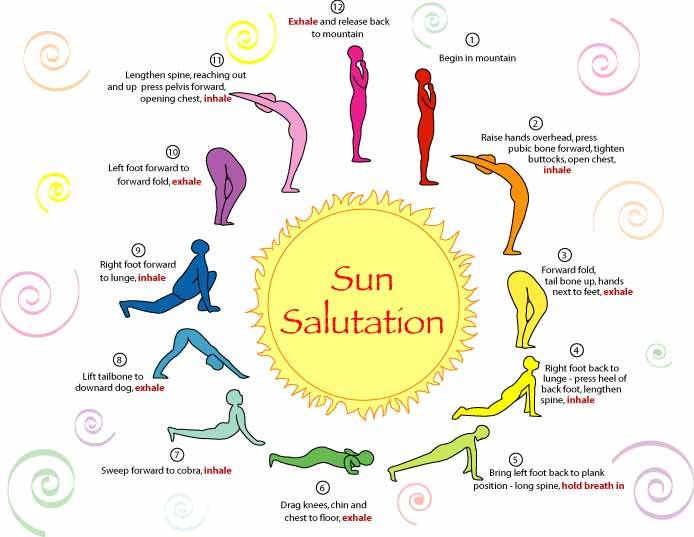| Get
Moving with the Yoga PALA Challenge and Achieve the Presidential Active Lifestyle Award "Yoga has become a universal language of spiritual exercise in the United States, crossing many lines of religion and cultures. Everyday millions of people practice yoga to improve their health and overall well-being. That’s why we’re encouraging everyone to take part in PALA+, so show your support for yoga and answer the challenge!"
Barack
Hussein Obama II
Participate in PALA+ PALA+ is the next phase of PALA (Presidential Active Lifestyle Award), a program of the President’s Challenge, designed to motivate Americans to make physical activity and healthy eating part of their everyday life. The physical activity requirements for PALA+ remain the same: 60 minutes/day for kids, 30 minutes/day for adults, five days a week for six out of eight weeks. The new nutrition component requires participants to add a weekly healthy eating goal and build upon those goals throughout the same six-week period. Individuals who achieve the physical activity and healthy eating goals will receive a certificate signed by the Council co-chairs. Barack Obama challenged everyone to "Click on the link" to register for the PALA+ and to join the Yoga PALA Challenge team! |
|


